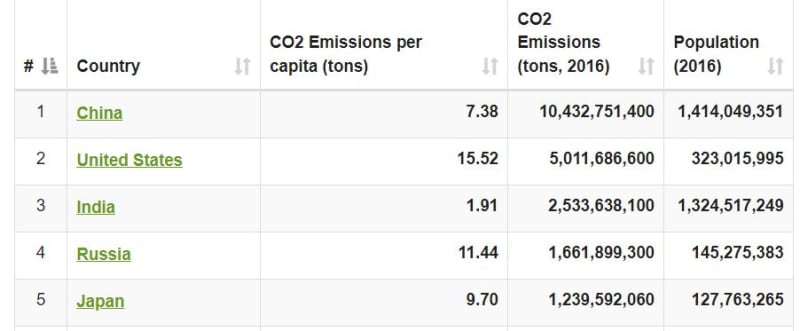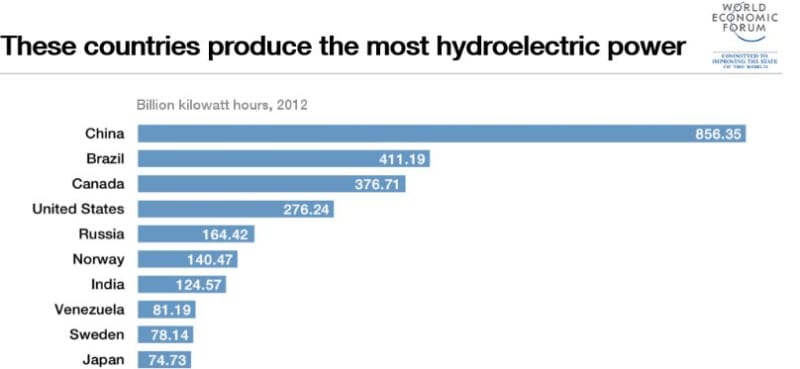GregLocock
Automotive
- Apr 10, 2001
- 23,756
The joke at one of our local aluminium smelters was that aluminium was frozen electricity.
So, you have covered your prime agricultural land in solar panels. When the sun shines the transmission lines run red hot. When the sun inconveniently fails to shine, as it does at least once per day, they go cold.
I haven't tried to estimate the efficiency of this, but why not put one of these on site and provide actual baseload power?
A proposal by the Swiss Institute for Solar Technology (which leads this nine nation; Horizon Europe funded project[2] combines these three ideas (seasonal storage of heat and electrical energy) by using an integrated approach known as the REVEAL model.[3]
Regional resources include an
aluminum smelting facility possibly powered by a solar furnace and the
mains electrical grid
Locally, aluminium and water are fed into a
a chemical reactor to produce aluminum hydroxide (Al(OH)3 ) which is returned to the smelter as well as locally consumed heat and hydrogen to feed a
a fuel cell, which produces both electricity and heat
The two sources of heat are combined and supplied to local domestic and commercial premises while the electricity from the fuel cell is merged with any existing supplies such as local solar panels or regional grid-connected sources[4][5]
You might end up with a yard full of cast aluminium rods, which can happily sit outside for days months or years until needed.
Cheers
Greg Locock
New here? Try reading these, they might help FAQ731-376
So, you have covered your prime agricultural land in solar panels. When the sun shines the transmission lines run red hot. When the sun inconveniently fails to shine, as it does at least once per day, they go cold.
I haven't tried to estimate the efficiency of this, but why not put one of these on site and provide actual baseload power?
A proposal by the Swiss Institute for Solar Technology (which leads this nine nation; Horizon Europe funded project[2] combines these three ideas (seasonal storage of heat and electrical energy) by using an integrated approach known as the REVEAL model.[3]
Regional resources include an
aluminum smelting facility possibly powered by a solar furnace and the
mains electrical grid
Locally, aluminium and water are fed into a
a chemical reactor to produce aluminum hydroxide (Al(OH)3 ) which is returned to the smelter as well as locally consumed heat and hydrogen to feed a
a fuel cell, which produces both electricity and heat
The two sources of heat are combined and supplied to local domestic and commercial premises while the electricity from the fuel cell is merged with any existing supplies such as local solar panels or regional grid-connected sources[4][5]
You might end up with a yard full of cast aluminium rods, which can happily sit outside for days months or years until needed.
Cheers
Greg Locock
New here? Try reading these, they might help FAQ731-376

![[ponder] [ponder] [ponder]](/data/assets/smilies/ponder.gif)
![[pipe] [pipe] [pipe]](/data/assets/smilies/pipe.gif)


